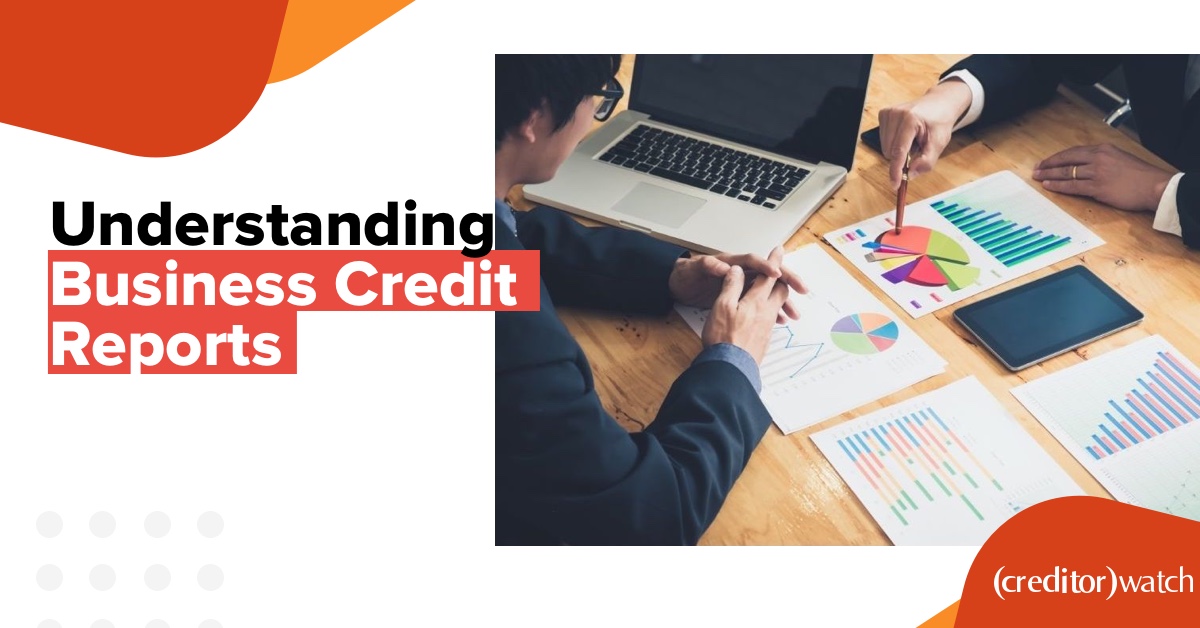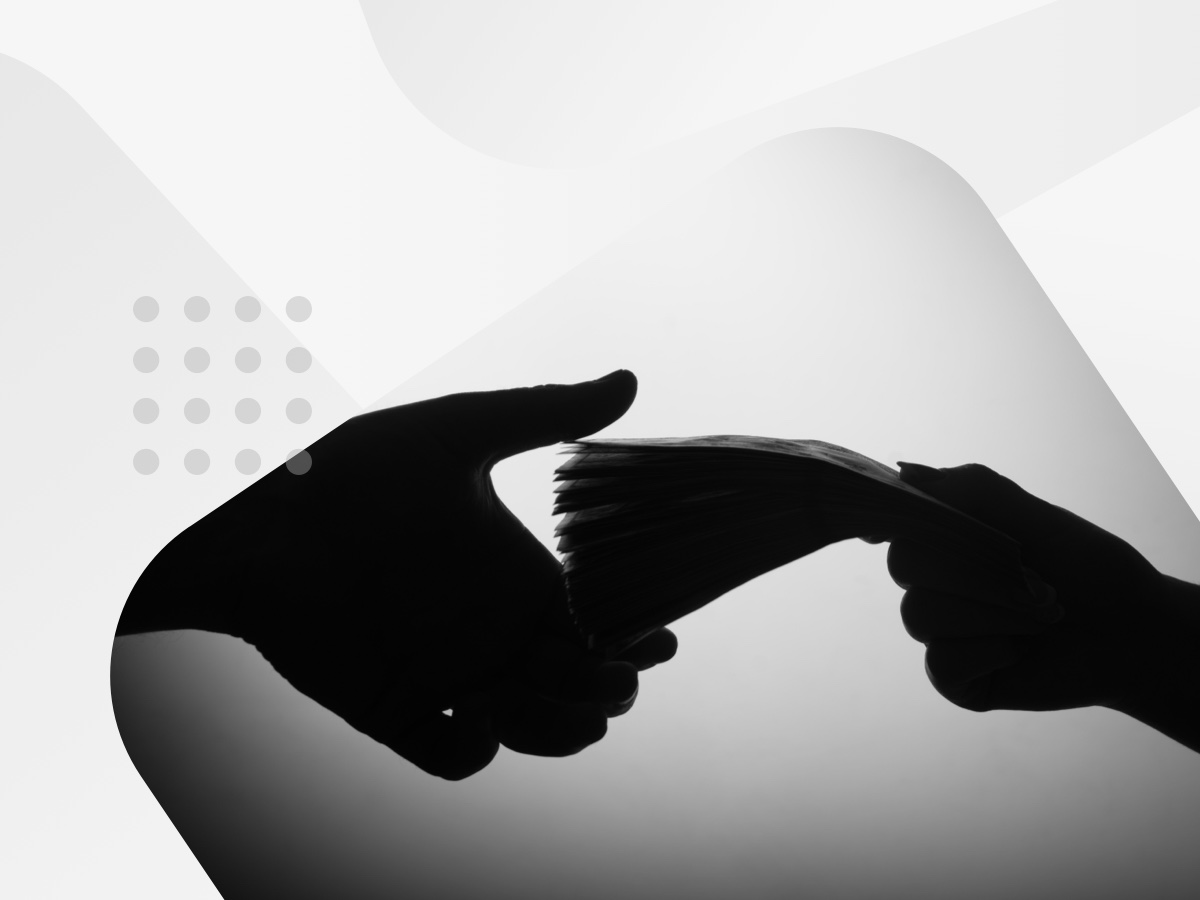If you’re a business owner who extends credit to other businesses, you probably know exactly what a business credit report is.
What if we were to ask you who prepares a business credit report? Where does the data come from? And is a business credit report the same as a business credit score?
Many established business owners would struggle to answer these questions with confidence. Understanding what goes into conducting a credit report check will help you leverage the report to benefit your business.
In this blog, we’ll deep-dive into business credit reports – what they are, what they contain, who produces them, and why they are essential for helping you avoid unnecessary financial risks. We’ll also explain how reports by CreditorWatch offer the competitive advantage to help growing businesses thrive.
What Is a Business Credit Report?
A business credit report or company credit report is a document produced by a credit reporting bureau that provides a snapshot of any given company’s financial health. It compiles a variety of information, like the number of employees, business lifespan, registration details, government activity, and payment history to assess the level of financial risk associated with extending credit to that company.
Why Is It Important?
Whenever you extend credit, you are taking some level of risk by trusting that the business you are lending to will make good on what they owe. If they fail to make timely payments, your business is negatively impacted. Knowing who you are dealing with is crucial to making informed credit decisions that protect your business interests.
Without taking risks, there is no way for a business to grow its customer base, expand its offering, and achieve ambitious goals. The solution is to reduce the number of unknowns in the equation, bringing the risk down to an acceptable level. This is what a business credit report aims to do.
What Is in a Business Credit Report?
The first thing you’ll find in a CreditorWatch credit report is a profile of the business. This includes the company’s legal name, where they are registered, how long they have been operating, and who the owners and shareholders are. You will also find their current credit limit, data on their history of payments, history of bankruptcy or insolvency, any court actions associated with them, and other signs you might be dealing with a high-risk customer. Based on this data, the report will provide a credit rating indicating the company’s overall creditworthiness.
The Advantage of Business Credit Reports from CreditorWatch
In order to produce a report that you can use to make accurate, strategic decisions that serve your calculated business goals, you will need the most up-to-date information from every reliable source possible. This is where the CreditorWatch advantage really comes into play.
Along with traditional sources that we use to find common drivers of credit risk, such as insolvencies, legal actions, and ATO tax debt default data, we also have access to a unique data pool that you will not find at any other credit reporting bureau.
Australia’s Most Comprehensive Credit Database
CreditorWatch has over 55,000 customers – more than double the number of any other credit reporting bureau in Australia. Our customer base is made up of businesses of every kind and size, from sole traders to ASX listed corporations, operating right across Australia.
The data our customers share with us makes up the most comprehensive credit database in the country. This allows us to cross-reference information from multiple sources to find discrepancies and draw a complete picture of credit risk. We conduct in-depth investigations supported by AI-driven data analytics tools to provide you with a credit rating that accurately predicts future payment behaviour.
Interactive Reports
We compare and integrate thousands of data sets and present the findings in an easy-to-use, interactive dashboard. This includes a summary, with the company’s overall credit rating listed alongside the number of credit enquiries, registered defaults, court actions, and other risk indicators. From here, you can easily toggle to the other sections; trade history, historical timeline, risk data, and ASIC data.
This format lets you see at a glance all the important information relating to a company’s creditworthiness, empowering you to make important decisions quickly and confidently about your business, backed by hard data.
Need more information? Follow the links to find further details of our business credit reports and learn more about how we calculate credit risk.



